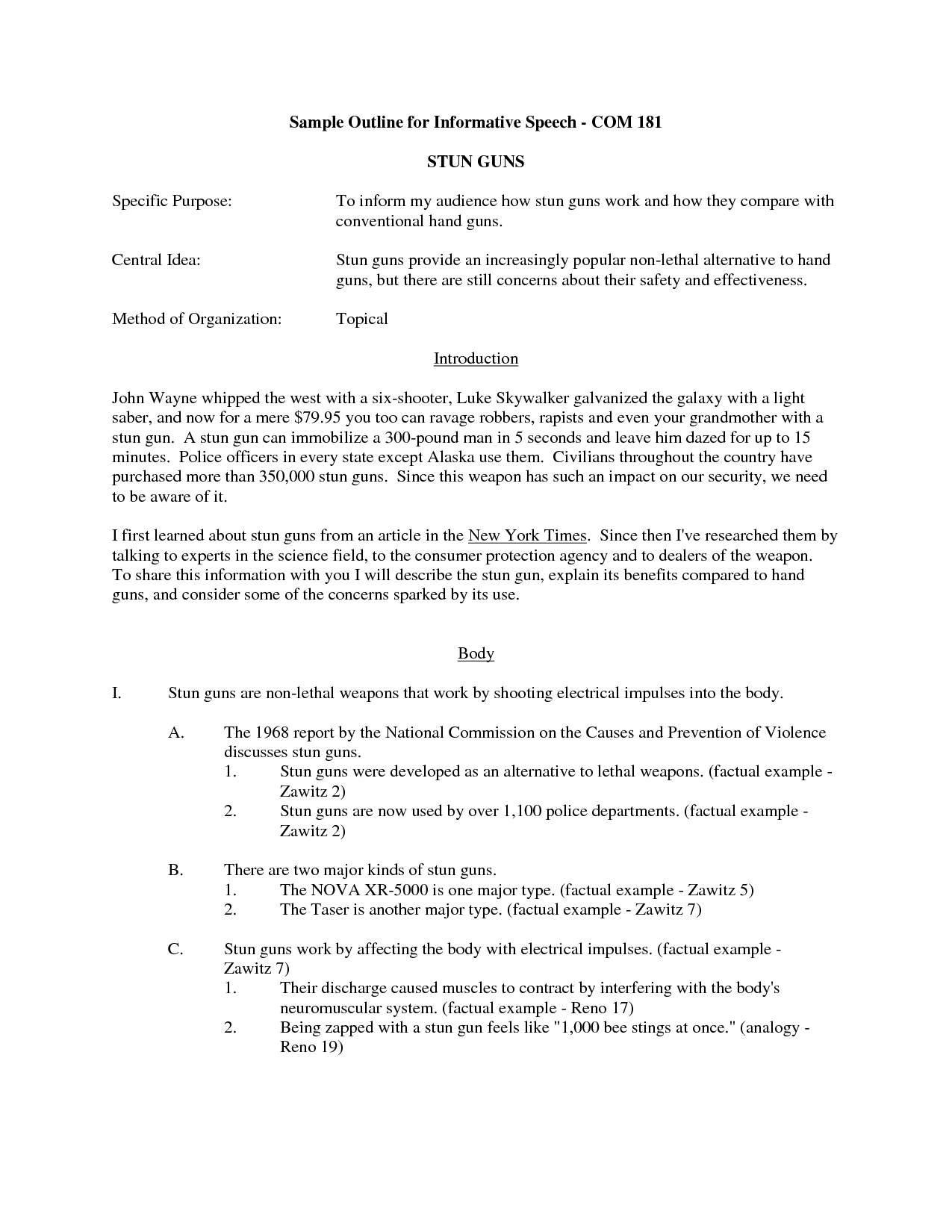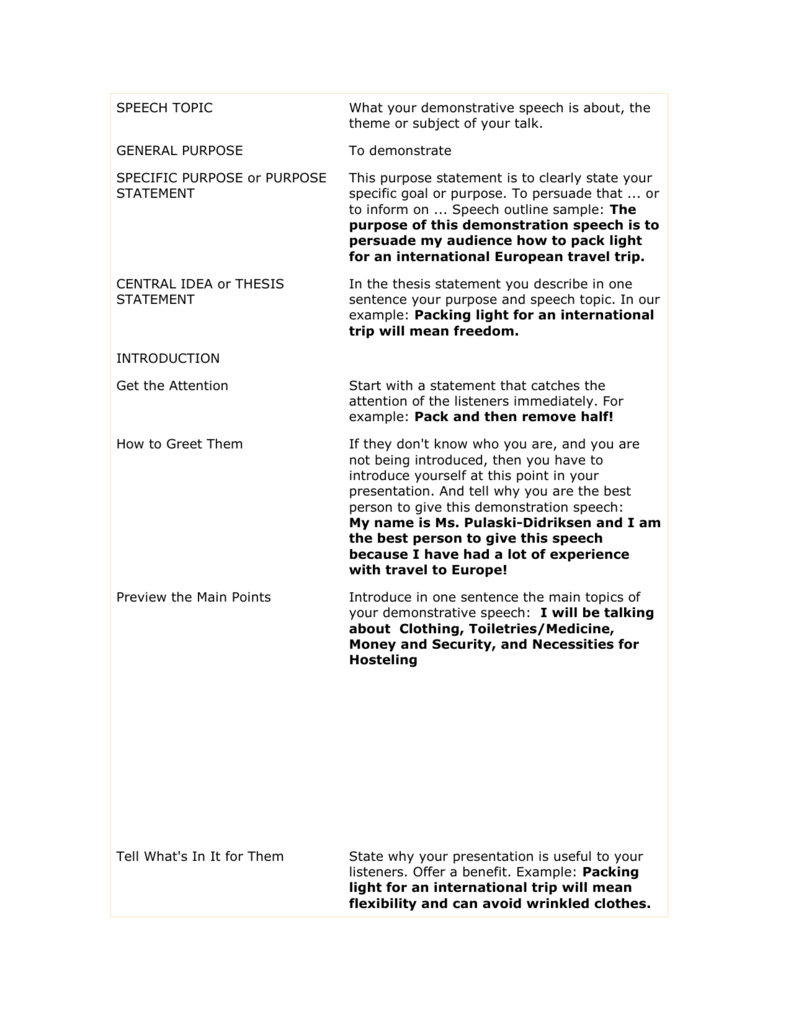

Ask the 1s in each group to write a purpose statement on their notecard for a persuasive speech about going to the polls and voting. If there happens to be four people, randomly pick a number between 1-3 for the fourth member.ħ. When the students are in their groups, give each student one notecard and number them off again, 1-3, within their group. If the class number is not even to divide by three, have some groups of four. Next, divide students into groups of three by numbering them off. A specific purpose statement tells what the speech is about, why the speaker has chosen to talk about it, and what affect they expect to have on their audience.Ħ. Focus more on specific statements, as this is what they have already begun to work on by giving the answers on the board. Tell them that there are general and specific purpose statements for every type of speech, as their answers on the board illustrate. As they answer, write the correct answer in the extra space left above each column.ĥ. Ask the students which column on the board is persuasive, which is informative, and which is entertaining. They should already have an understanding of each type of speech, so this will be a recap. After finishing with each of the three speeches, talk to the students briefly about persuasive, informative, and entertainment speeches. Do the same thing with the other two speeches.Ĥ. Try to spend around five minutes on each speech.ģ. What was the reason that this person gave this speech? What sort of affect did they want to have? After about a minute, ask students for a few responses and write them on the board in a single column, leaving space at the top for a category name to be written in later, as well as space for two more columns. Then, ask them to think about the speech.

Read the first selection (no particular order is necessary) aloud to the students. Have these ready before the start of class.Ģ. (persuasive), a clean and school appropriate piece of comedy (entertaining), and a presidential State of the Union address (informative). Some examples of each included: “I Have a Dream,” by Martin Luther King, Jr. There should be at least one persuasive speech, one informative speech, and one entertaining speech among your snippets. Begin by preparing three snippets of famous/familiar speeches to read to students. Materials: One notecard for each student in the classroom and highlighted sections of three famous speeches for the teacher to read aloud to the class.ġ.

After this lesson, they should be able to develop a specific purpose statement for a speech topic of their own choice. The students will write their purpose statements on notecards and share their ideas with their groups. Objective: During this 50 minute lesson, the students will develop specific purpose statements for famous speeches, as well as for topics that are either a persuasive, informative, or entertainment speech. What’s the Point? Determining the Purpose behind Your Speech


 0 kommentar(er)
0 kommentar(er)
